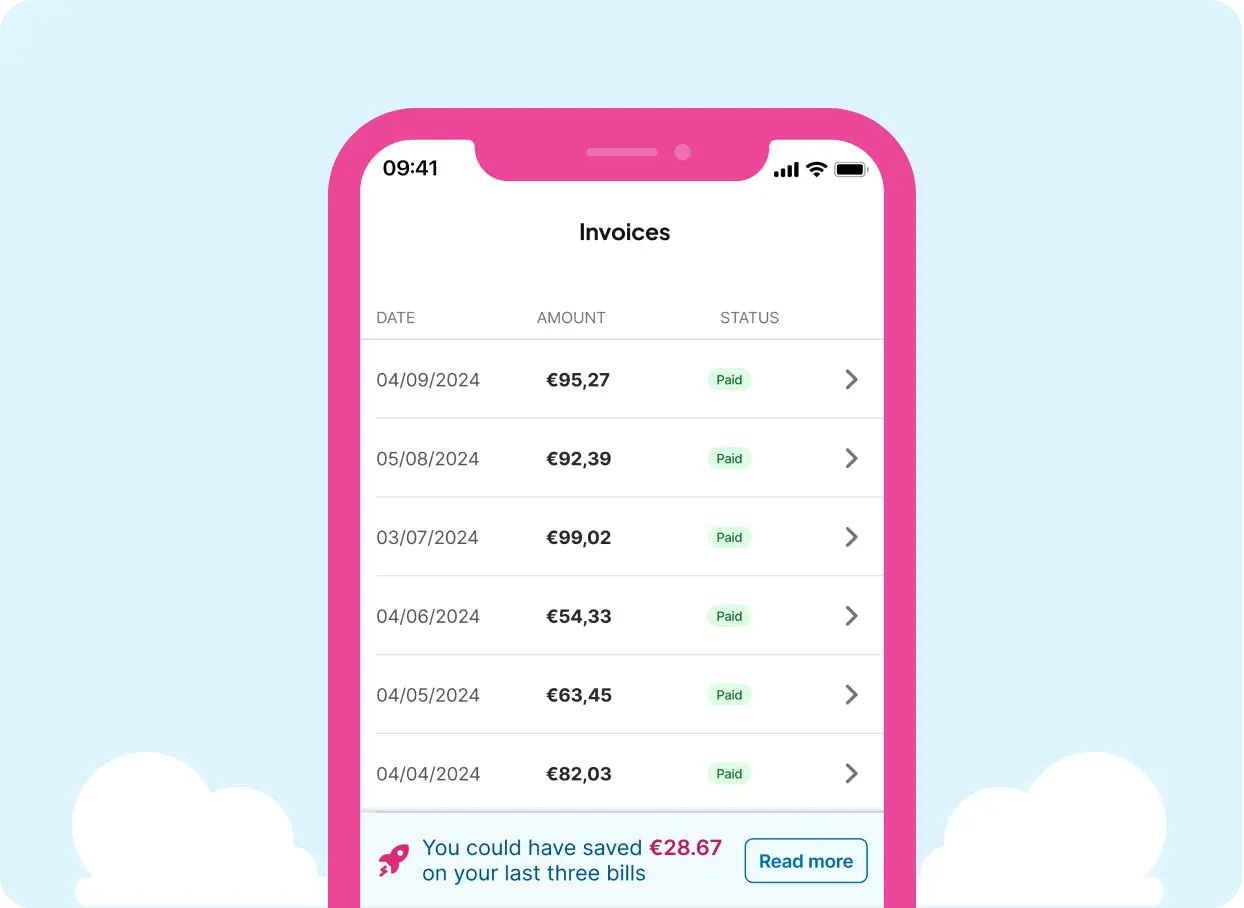Charging guide: the Renault 5 Electric
Launched in its electric version in 2024, the R5 stands out with its high-performance battery, driving range suited to everyday journeys, and optimised power combining sportiness and efficiency.
Are you looking for a charging solution for your Renault 5 Electric?
Chargemap gives you a complete overview of everything you need to know about charging the Renault 5: its key features, charging options at public stations and at home, charging time and cost, and much more.
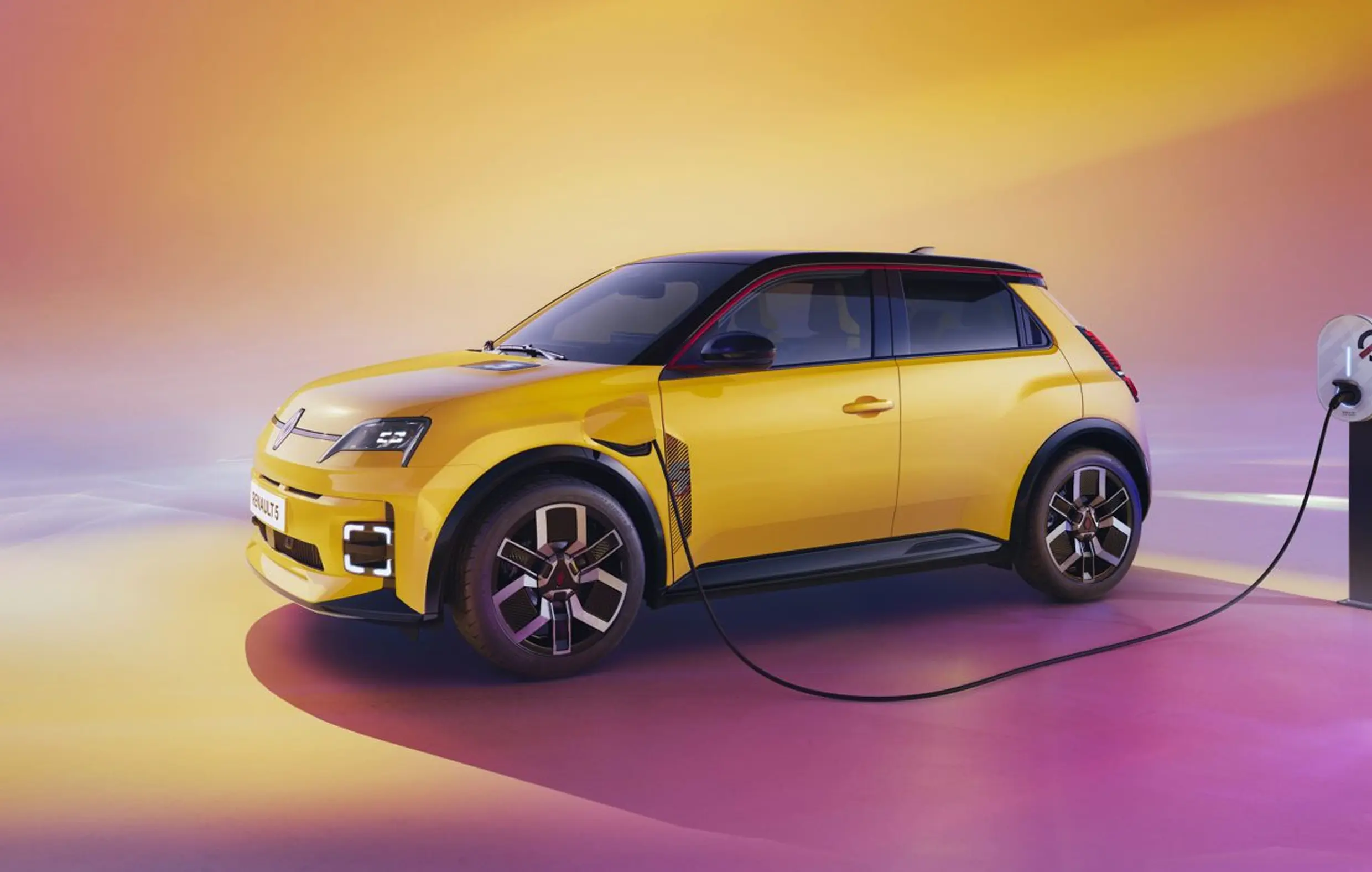
Quick technical factsheet for the Renault 5 Electric
| Specifications | Details |
|---|---|
| Official range | 300km to 412km* |
| Compatible connectors | Type 2 for AC charging CCS Combo for DC rapid charging |
| Maximum charging power accepted | Alternating Current (AC): up to 11kW, three-phase Direct Current (DC): up to 80kW |
*According to the manufacturer’s data, the Renault 5 Electric has a range of between 300 km and 412 km on a single charge. Actual range may vary based on several factors, including battery charge level, driving conditions, driving style, outdoor temperature, use of onboard equipment, and more.
How to charge your Renault 5 Electric at public charging stations
Charging your Renault 5 Electric at a public station is simple and convenient, as long as you know the key steps and have the right equipment. Here’s how to do it:
1. Locate nearby charging stations
When charging your vehicle on the go, the first step is to find a compatible public charging station.
With the Chargemap app, you can:
- Search for available charging stations nearby or along your route.
- Check real-time charging station availability.
- Access essential information such as connector type, charging station power, and applicable tariffs with the Chargemap Pass.
- Plan your charging stops using the built-in route planner.

Download the Chargemap app for free on your mobile phone
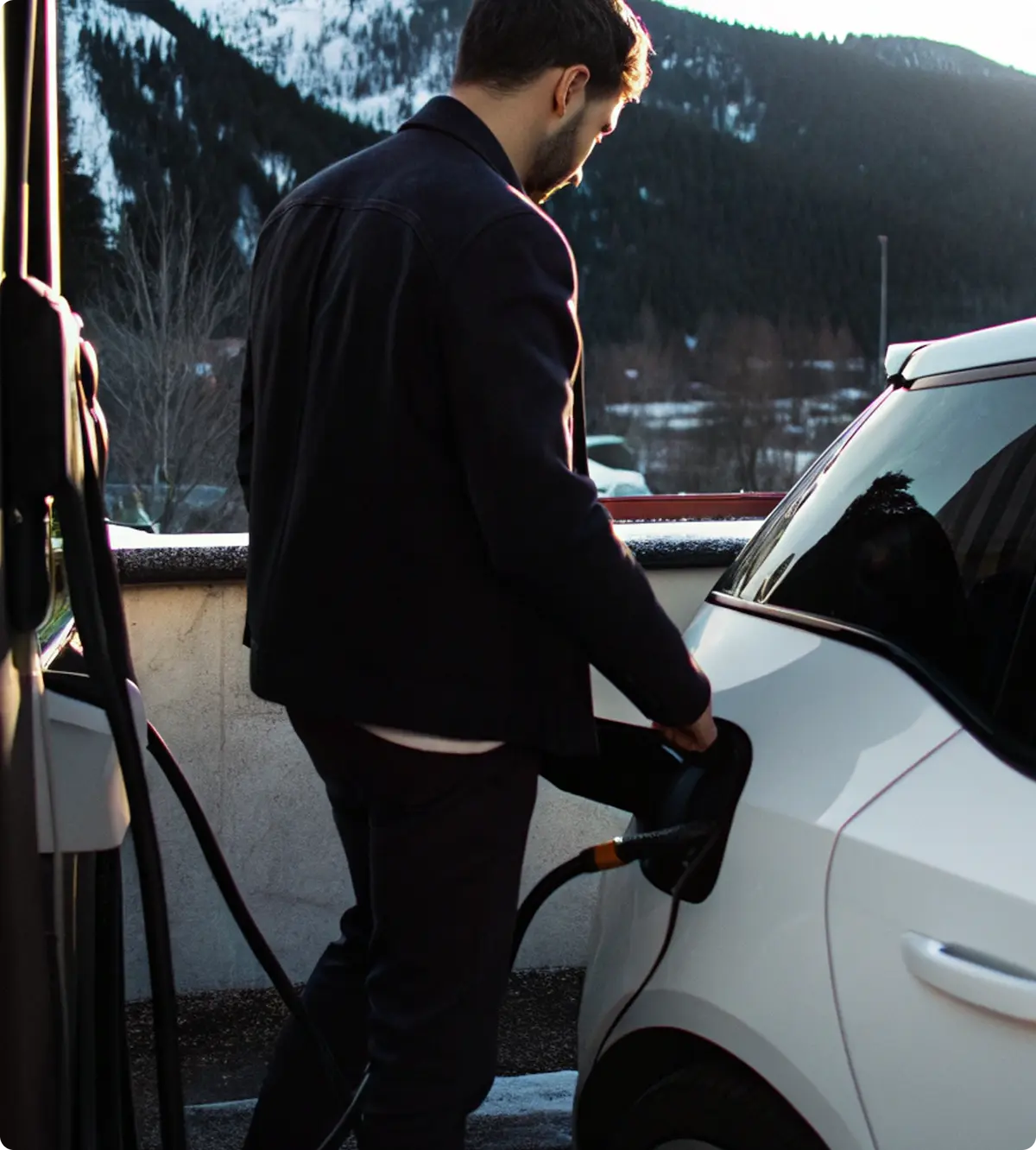
2. Choose the right charging power for your needs
When charging your vehicle on the go, the first step is to find a compatible public charging station.
AC (Alternating Current) charging stations:
- Power: typically between 7 kW and 22 kW.
- Ideal for longer charging sessions (e.g. at work or during an extended break).
DC (Direct Current) charging stations:
- Power: from 50kW up to over 350kW for ultra-rapid charging stations.
- Perfect for quick top-ups on long journeys.
3. Make charging easier with the Chargemap Pass
To easily charge your Renault 5 Electric at a public station, it is recommended to use a multi-network charging card such as the Chargemap Pass.
Universal compatibility
- Access over {{charging-points}} charging points.
- Compatible with 1,800+ networks (including IONITY, Tesla Superchargers, Fastned, Lidl, and more) across 19 European countries.
Simplified Management
- A single card for all payments, no need for a separate subscription for each network.
Deferred payment
- Receive a detailed receipt at the end of each charging session and pay later.
Regular special offers
- Save up to 30% with various offers throughout the year.
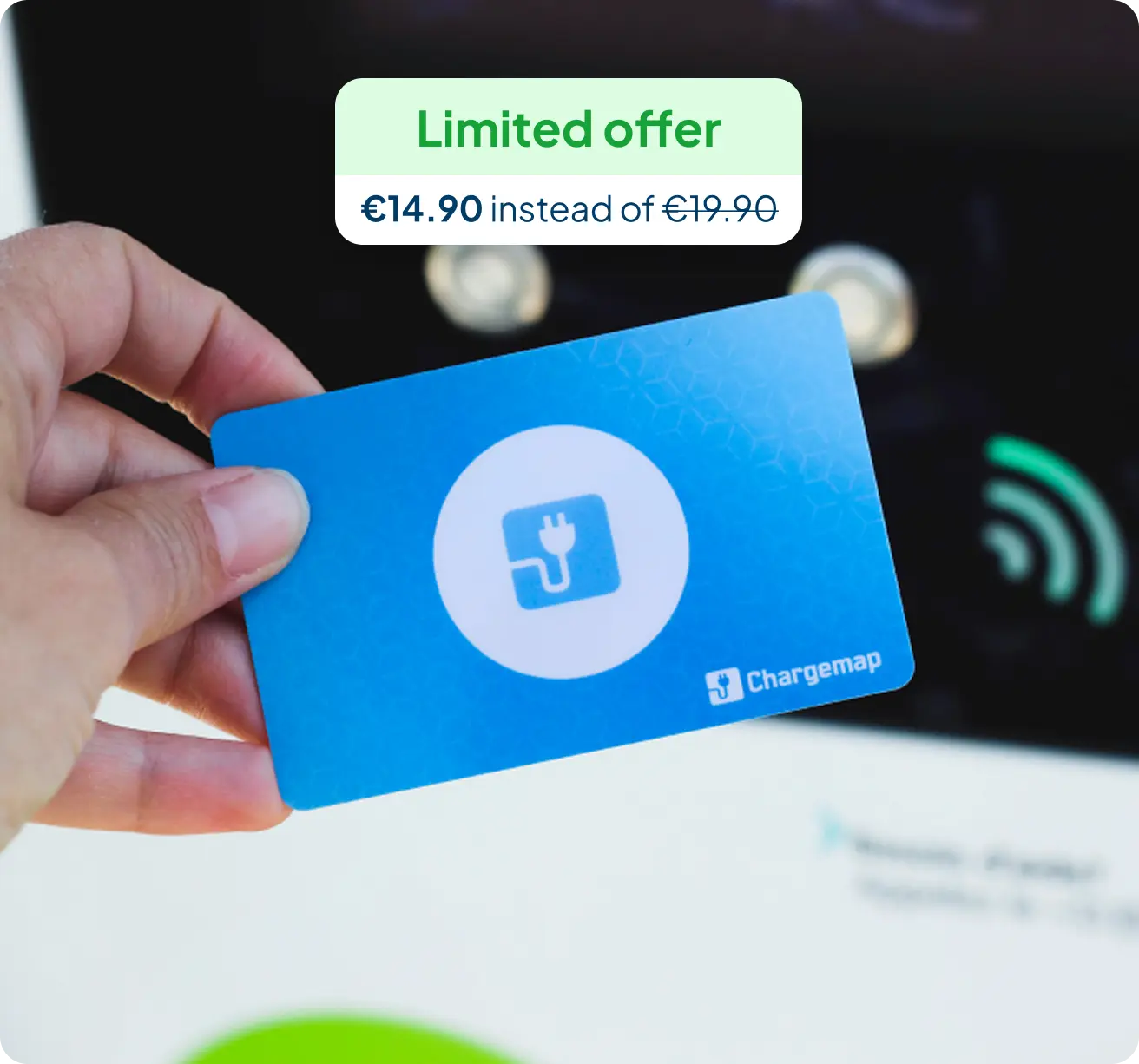

Tips
Check the charging rates for stations compatible with the Chargemap Pass directly in the app!
Frequently asked questions about public charging for the R5
How long does it take to charge your Renault 5 Electric?
At public charging stations, the charging time for your R5 Electric depends on three main factors: the power of the charging station, the battery capacity, and the initial state of charge.
⚡ Estimate the charging time of your R5 and its charging capabilities using the simulator from Automobile Propre.
Which charging cables should you use for public charging?
A Type 2 cable is required to connect your Renault 5 Electric to AC charging stations.
Not all AC stations are equipped with cables, so make sure to carry a Type 2 cable to avoid unpleasant surprises at the charging point.
For DC fast charging stations, there’s no need to worry as they are equipped with built-in cables. Simply connect the cable attached to the charging unit to your vehicle’s CCS Combo port, and you’re sorted!
🔗 Find the right charging cables for your R5 Electric on Mister EV
How much does it cost to charge your Renault 5 Electric at public charging stations?
The cost of charging your R5 at public charging stations depends on several factors: the price of electricity (which varies by country), the charging network, the power of the station, the billing method, etc.
💡Chargemap provides detailed information on how public charging pricing works, so you can understand the full picture.
How to charge your Renault 5 Electric at home?
Charging your Renault 5 Electric at home is simple and cost-effective.
Here are the main solutions depending on your needs:
1. Standard domestic socket
A standard household socket may seem like the easiest way to charge your electric car.
Charging characteristics:
- Connects to the vehicle using a Mode 2 cable with a standard socket.
- Provides a charging power of 2kW.
- Convenient for occasional charging.
- Slow charging: expect 10 to 15 hours for a full charge.
Important: It is recommended to use a dedicated cable with a protection device to ensure safe charging.
Lean more: Charging your electric car from a household socket: a good or a bad idea?
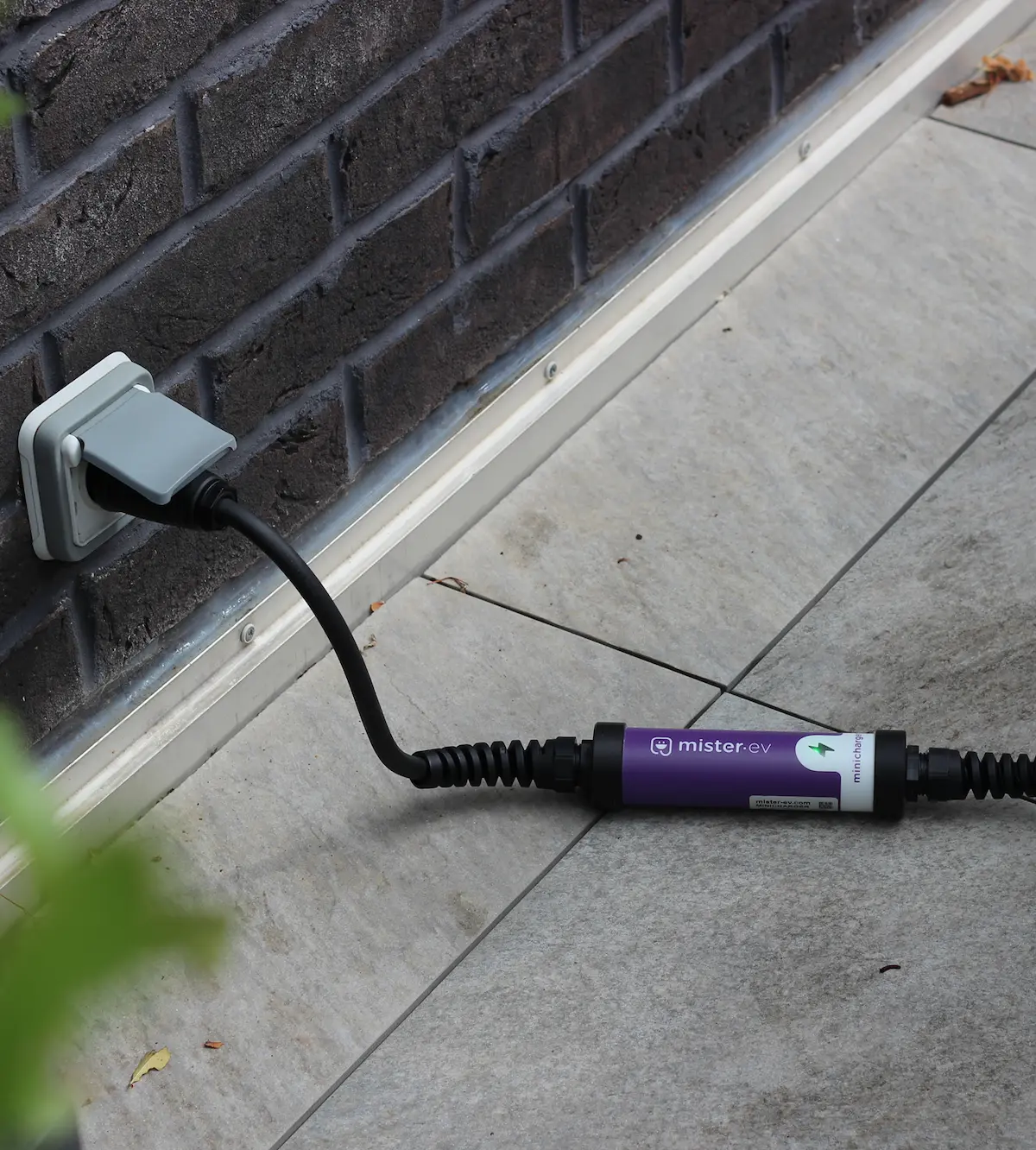

2. Heavy-duty power socket (Green’Up)
It looks like a standard socket but delivers higher charging power.
Charging characteristics:
- Connects to the vehicle using a Mode 2 cable with a heavy-duty power socket.
- Provides charging power up to 3.7kW.
- Ideal for more frequent charging without installing a full charging station.
- Shorter charging time compared to a standard socket.
Learn more: Everything you need to know about heavy-duty sockets for charging your electric car
3. Wall charging station
Installing a wall-mounted charger allows you to charge your electric car more quickly.
Charging characteristics:
- Uses a Mode 3 cable with a Type 2 socket (European standard).
- Enables fast charging up to 7.4kW (single-phase) or 11kW (three-phase).
- Full charge in 4 to 5 hours, ideal for everyday use.
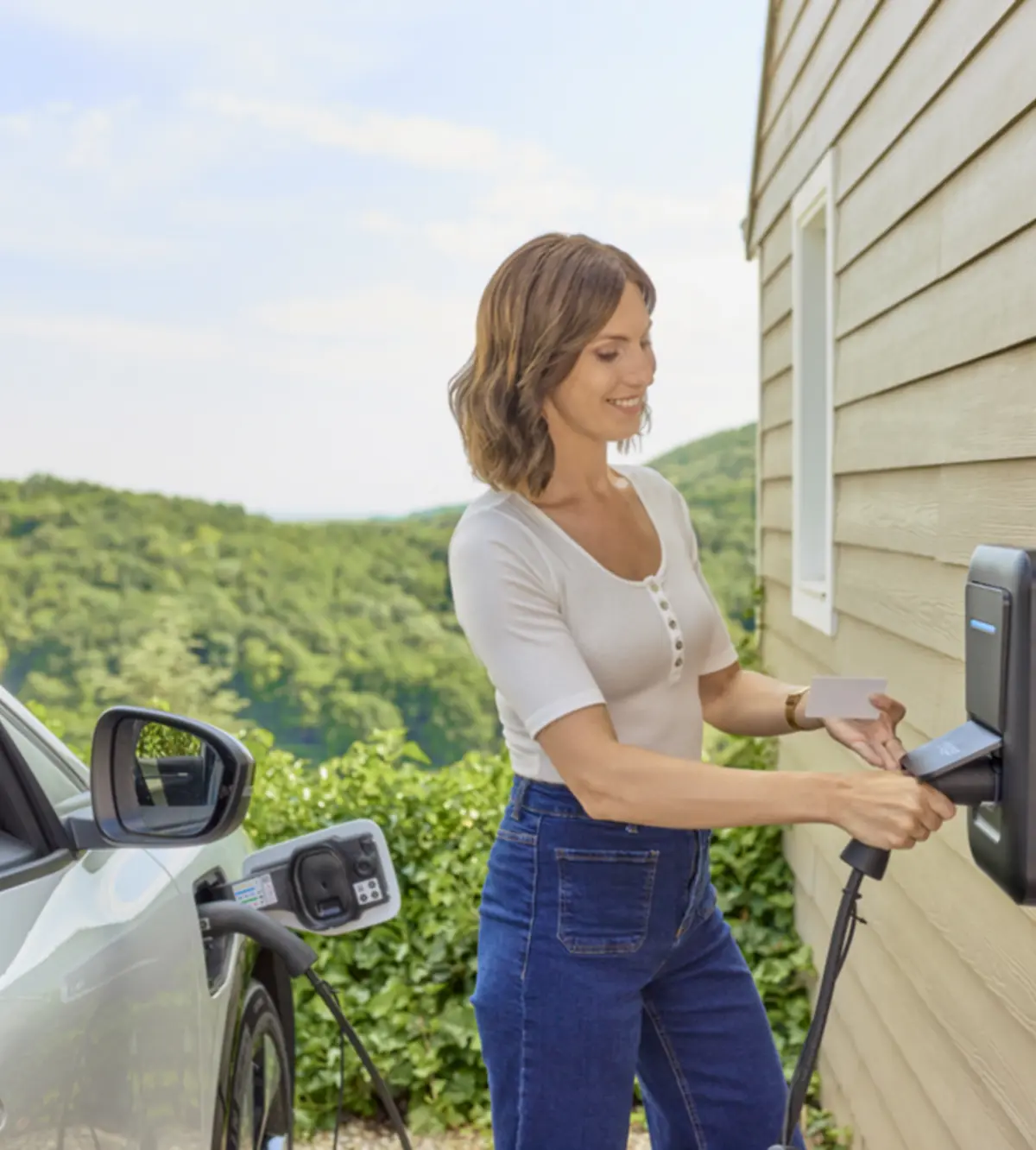
Frequently asked questions about home charging
How much does it cost to charge the Renault 5 Electric at home?
Home charging is often the most affordable option. The cost depends on key factors such as your vehicle’s energy consumption and your electricity provider’s price per kWh.
How to install a home charger?
To install a home charger with a minimum power of 3.7kW (whether in a detached house or a multi-unit residential building), and to benefit from UK government subsidies, you must hire an OZEV-authorised installer. The installer will conduct a diagnostic of your home’s electrical system, check the quality and safety of your electrical installations, and advise you on the type of charging point to purchase, its optimal location, etc.
Our other EV charging guides by model
